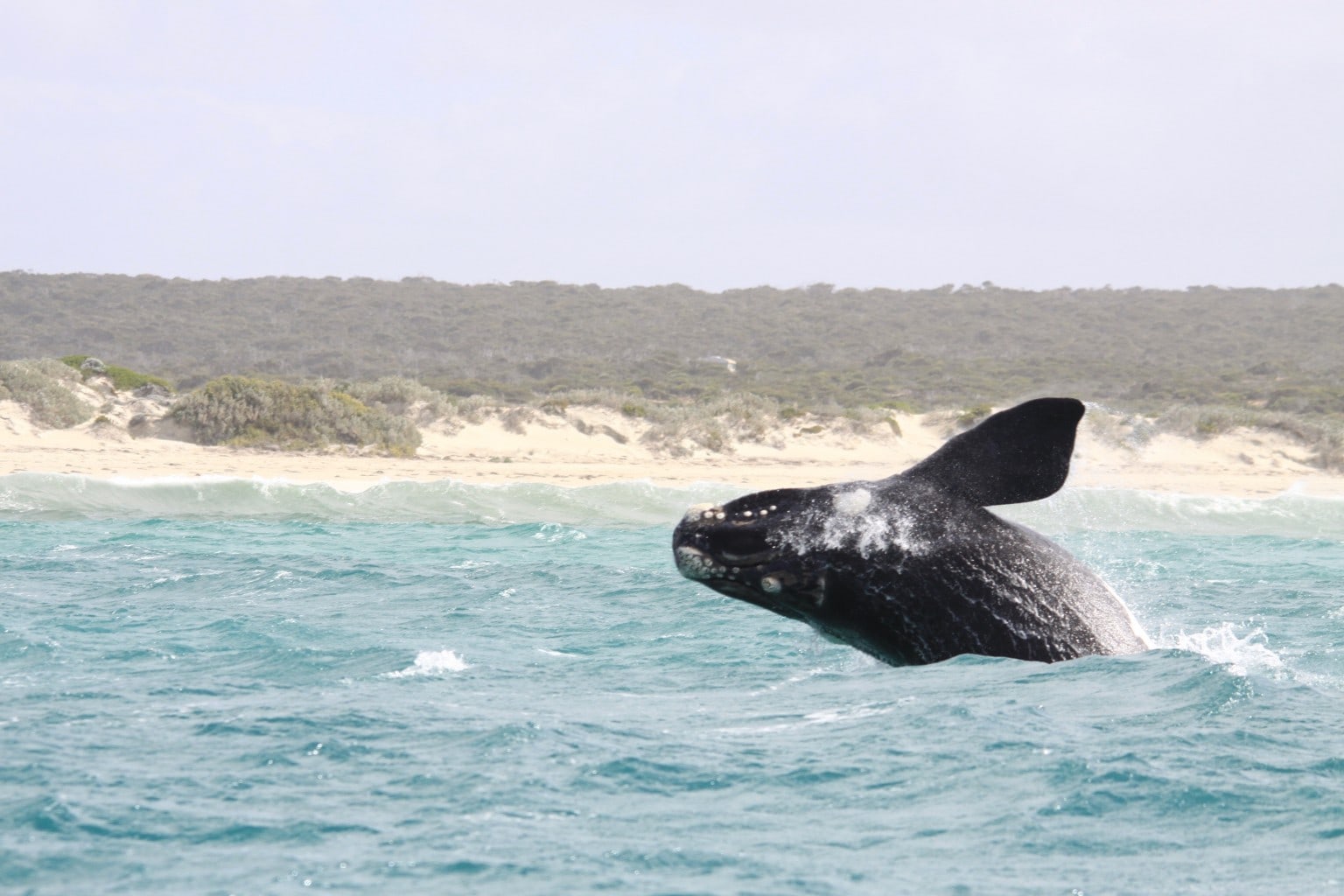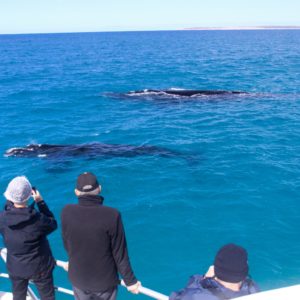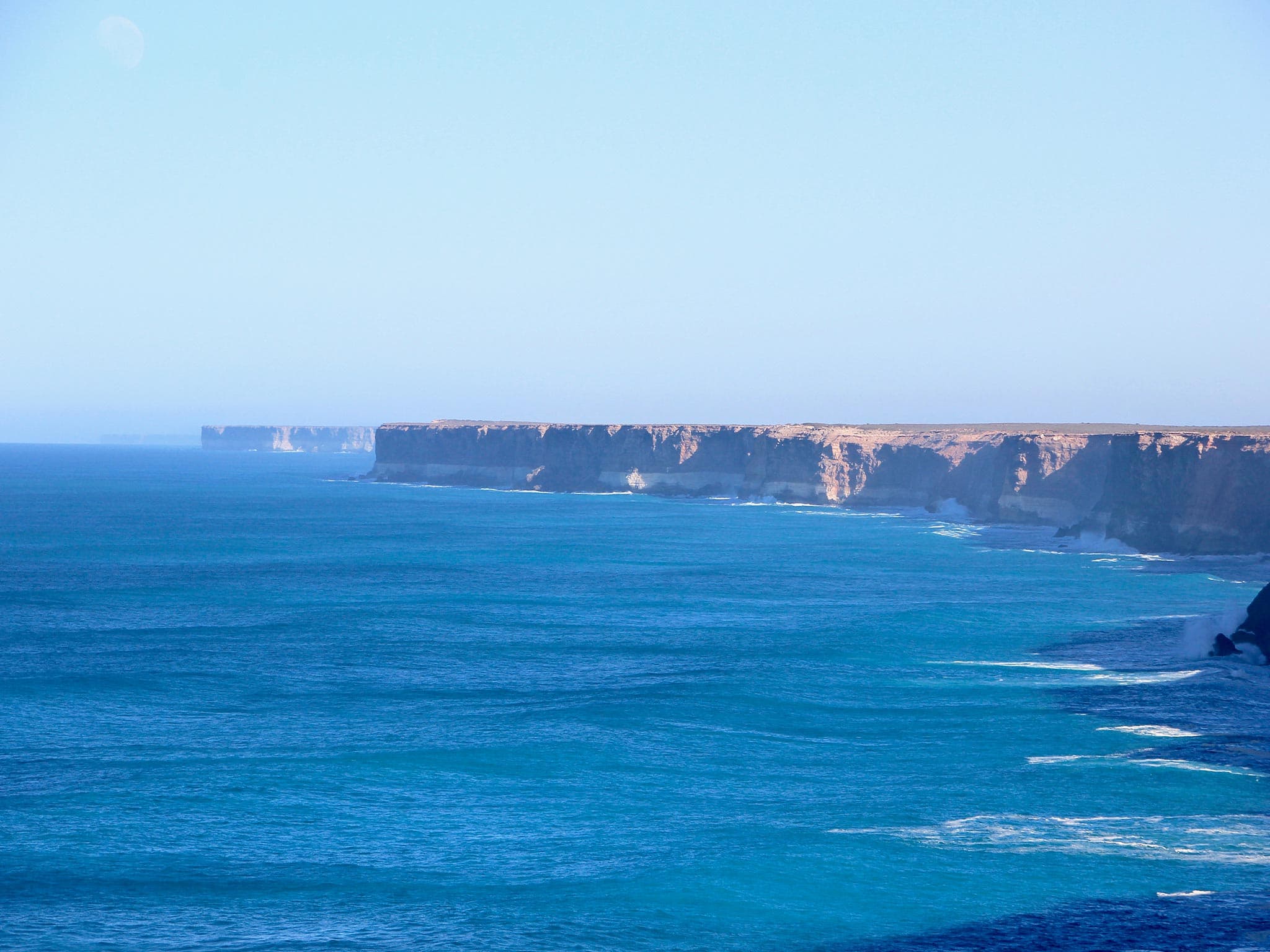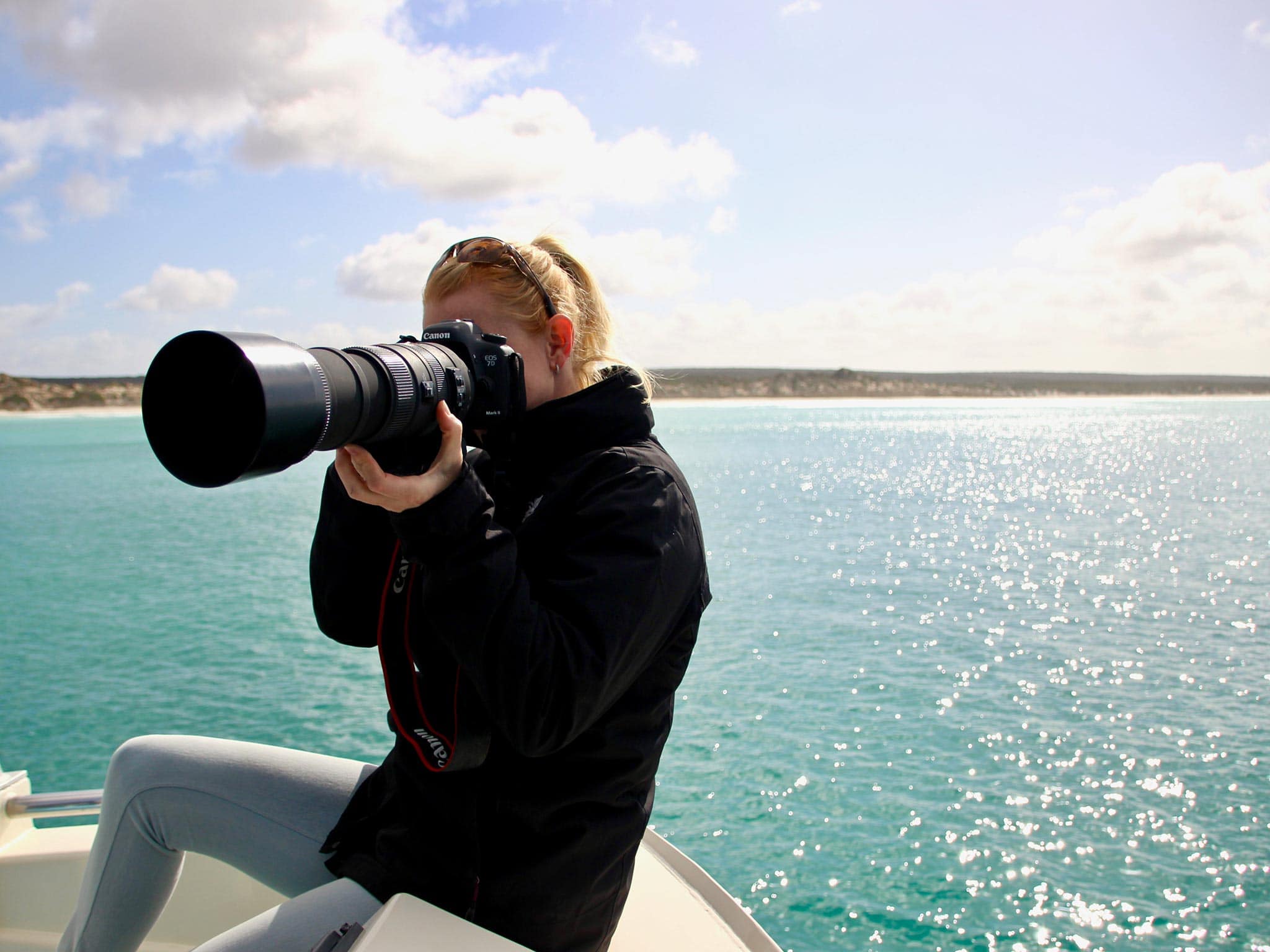Winter Whale Watching in the Great Australian Bight
Each year before the winter months, thousands of Southern Right Whales leave the cooler Antarctic waters and make their way north towards the warmer Australian coast to the Great Australian Bight and the eastern side of the country. In these warmer climates, the whales give birth to their calves and nurse them, before returning to Antarctica for summer. What is extra cool, is that roughly 95% of the whole Australian Southern Right Whale population migrates to the Great Australian Bight each year - which makes the Great Australian Bight a special hotspot for the Southern Right Whale, and the perfect spot for whale watching.
The Great Australian Bight is protected as a Marine Park covering 45,822 square kilometres, encompassing ocean of depths from less than 15 metres to 6000 metres, extending out beyond the continental shelf into the deep ocean. The Mirning and Wirangu people have special custodianship over sea country within the Marine Park, with deep connections to this ocean and the animals within it.

The history of Southern Right Whales on the Eyre Peninsula
In the 1700s and 1800s, before Port Lincoln was settled, there were whaling stations set up along the coast all the way from here to the Bight. In Fishery Bay (just a 25min drive from Port Lincoln), one particular station was operating from the shore in 1837 to 1841. Eventually they closed after only a few years in business as international whaling ships started to enter the waters and take the whales from the ocean straight onto the ships, and bypass landing them all together. This meant that there were less whales coming close to shore, and hence the station ran out of product to sell. The whaling industry nation-wide was in a state of collapse around this time too.
By 1935 the Southern Right Whales were protected by an international agreement, and at this time, the population of Southern Right Whales numbered around 1000 worldwide. These days they are listed as Endangered.
In 2012 the Australian Southern Right Whale population was estimated to be 3,500 (National Conservation Management Plan for Southern Right Whale 2011 - 2021). Their populations are slowly increasing each year, under the watchful eye of scientists and researchers. It truly is a special thing to be in the presence of a marine animal so large that its vocalisations can be heard for miles, and with the body the size of a school bus - could squash you in an instant.
Keep reading for some fun Southern Right Whale facts...

Fun Southern Right Whale facts
- there are 2 genetically distinct Australian populations of Southern Right Whale, and these whales are also genetically distinct from other southern hemisphere populations (known to occur in coastal waters of South America, South Africa, New Zealand and some oceanic islands)
- they have an average length of 16m, and weigh about 50 tonnes
- white markings (callosities) around the mouth, above the eyes and on top of the head are skin growth patterns unique to each animal and are used for photo identification.
- they are thought to have a life span of ~60 years
- the gestation period is about 11-12 months, and pregnant cows give birth to only one calf (about 5.5 meters in length!).
- lactating females fast for at least 4 months while providing milk for calves - which means that they do not feed in Australian waters. Their feeding grounds are further south around Antartica.




You can come and see these amazing animals in all of their glory - calves and all - from June to August at the Great Australian Bight. We offer 4 day/4 night tours departing from Ceduna, and ending in Port Lincoln. Check out more details here, or get in contact with us!